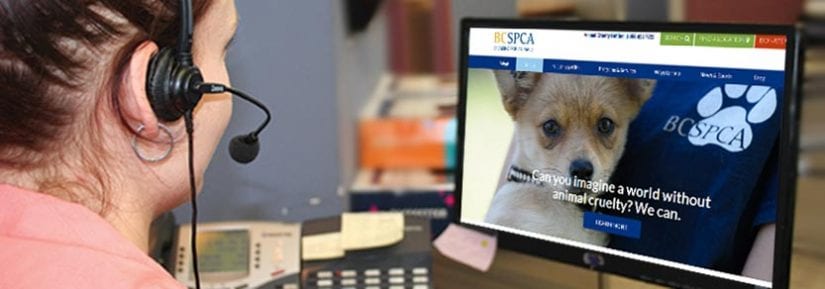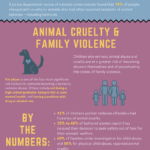When it comes to the well-being of animals, timely intervention is crucial. That is where the Animal Cruelty Helpline comes into play. For individuals who suspect that an animal is being mistreated or neglected, the helpline serves as a vital resource, bridging the gap between concern and action. Understanding what to expect when you reach out can empower people to act decisively and compassionately.
Firstly, it is essential to delineate the purpose of the Animal Cruelty Helpline. Established to receive reports of suspected animal cruelty, the helpline acts as a conduit for concerned citizens to voice their observations. This line is not only reserved for cases involving overt abuse or violence. It also extends to scenarios of neglect, hoarding, and inadequate living conditions that compromise an animal’s welfare. The scope of intervention is broad, ensuring that every report is treated with gravity and assessed appropriately.
Upon calling the helpline, one can expect a systematic intake process. A representative will likely greet you and ask a series of questions to gather pertinent details related to the incident. These inquiries typically encompass a description of the animal, the nature of the observed cruelty, and any additional context about the location and individuals involved. This procedural approach is vital; it enables the responders to ascertain the seriousness of the situation and determine the necessary next steps.
Furthermore, confidentiality is often a cornerstone of helpline protocols. Individuals reaching out to report suspected cruelty can expect that their identities will be protected. This aspect is critical; many potential whistleblowers are deterred by the fear of retribution. Knowing that reports can be made anonymously encourages more individuals to take action, ultimately increasing the chances of rescue for animals in peril.
Once the report has been lodged, the process does not come to a halt. The helpline typically engages with various stakeholders in the animal welfare ecosystem. This may involve dispatching law enforcement to investigate the complaint, coordinating with local animal control agencies, or involving rescue groups equipped to provide immediate assistance. In some cases, the helpline may also offer guidance on how best to approach the situation if immediate intervention is not possible.
After the initial report, updates may be provided to the caller, depending on the policies of the specific helpline. This communication is significant as it not only reassures the reporting individuals that their concerns are being taken seriously but also fosters a sense of community involvement in animal welfare. Engaging the public in follow-up discussions also raises awareness about ongoing issues within animal cruelty, further galvanizing support.
Moreover, it’s worth noting that helplines may also serve as an educational resource. Beyond reacting to cruelty cases, they often provide valuable information on how to prevent such situations. For those interested, they may offer insights into proper animal care, welfare standards, and even the legalities surrounding animal ownership. This educational dimension fosters a proactive approach to animal rights, emphasizing that preventing cruelty starts with informed, responsible pet ownership.
In addition to educational resources, many helplines offer materials for the community. These can range from pamphlets distributed within communities to digital resources made accessible on their websites. This approach equips the public with the knowledge needed to recognize signs of cruelty and to understand the procedures involved in reporting it. Through brochures and online articles, helplines can elucidate the various forms of animal cruelty, encouraging vigilance and participation from the public.
Technology has further allowed these helplines to adapt and expand their outreach. Many organizations now provide multiple channels of communication: telephone, email, online chat, and even social media platforms. This flexibility makes it increasingly easy for individuals from various backgrounds to engage with the helpline. No longer confined to a single means of communication, the public can reach out in ways that suit their comfort levels and circumstances.
In instances where resolving an animal cruelty case requires sustained action, helplines often partner with local shelters and rescue organizations. This collaboration is crucial not only for immediate rescues but also for longer-term rehabilitation and rehoming efforts. Animals that have been victims of cruelty often require comprehensive behavioral and medical assessments, demanding a multidisciplinary approach for their recovery and wellbeing.
Furthermore, the helpline’s role in advocacy should not be overlooked. Reporting animal cruelty is the first step, but many helplines also engage in broader advocacy efforts. This encompasses working towards legislative changes that enhance protections for animals and holding perpetrators accountable. Raising public awareness about the importance of animal welfare laws is critical for fostering a culture that does not tolerate cruelty.
In conclusion, the Animal Cruelty Helpline stands as a beacon of hope for animals in distress. From the initial call to the follow-up actions taken, every element of engagement is designed to facilitate help quickly and efficiently. Through education, community involvement, and advocacy, these helplines not only address existing cases of cruelty but also work tirelessly to create a safer environment for all animals. It serves as a reminder: help is indeed just a call away, and every report matters in the collective fight against animal cruelty.










